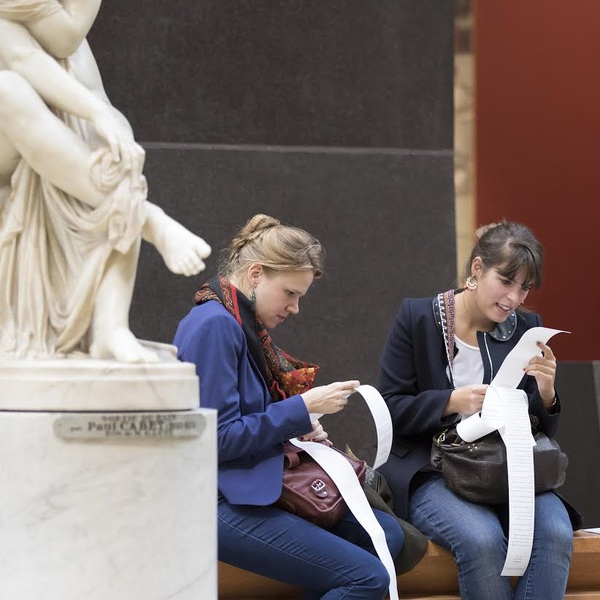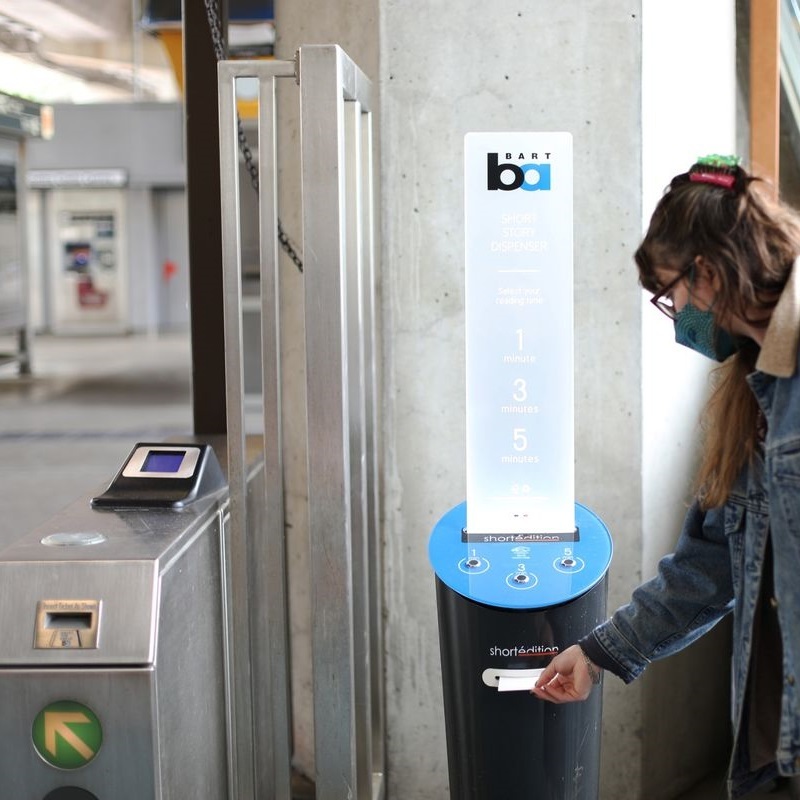1)
At exactly 5:50 p.m., your mother-in-law will anxiously announce, "Someone needs to go get the crabs right now!" When you first met her, shortly after meeting her son, you called her by he
...
[+]








